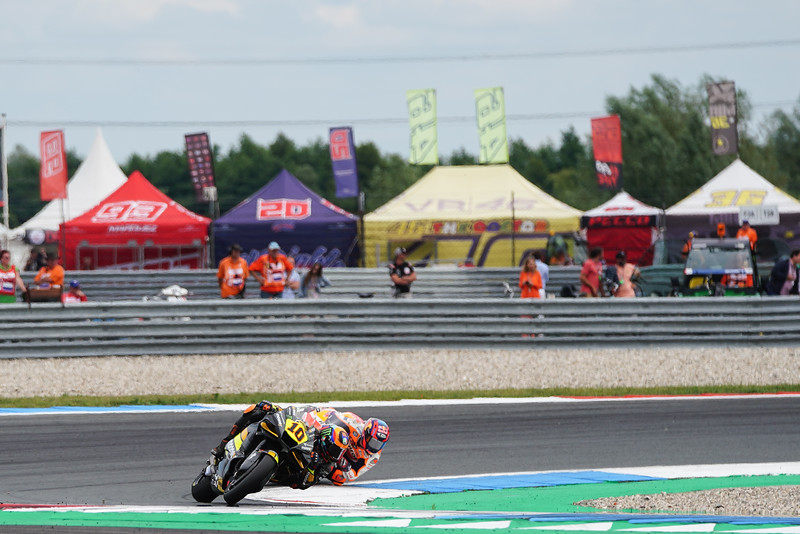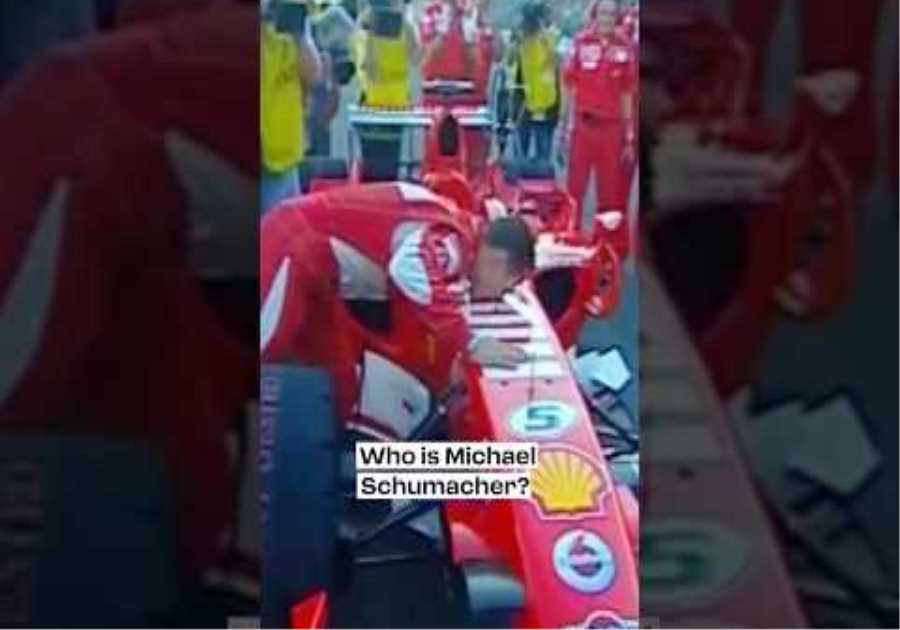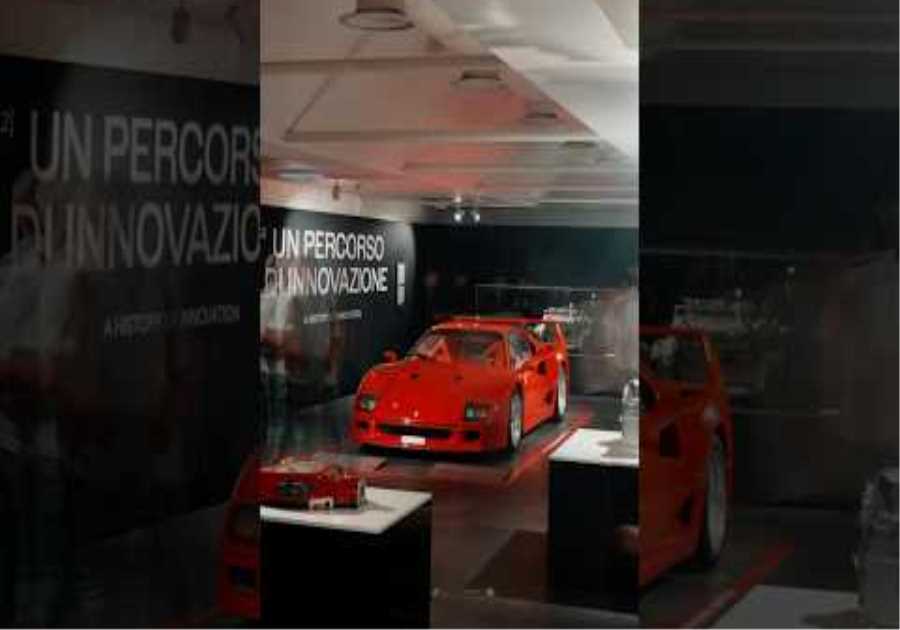It’s no secret that aerodynamics is a big deal in MotoGP. The winglets, aerodynamics packages, and various scoops, spoons, and other attachments aimed at modifying the behavior of the modern generation of MotoGP bikes have become increasingly important.
Aero has now reached the point where it is such a major part of bike setup that it is getting hard to change without needing a lot of work to balance out the rest of the behavior of the bike. As Red Bull KTM Factory Racing rider Brad Binder explained when asked about the two different versions of KTM’s aero package he has available. “I think the most important thing is to really choose one and really stick with it. Because when you do play with the aero, it has such a massive impact that your whole setup really has to change completely. So it’s not so simple to say , OK, one race we’ll use them and one race we won’t.”
If aerodynamics are that important, imagine what it’s like when you lose a wing. It’s done easily enough – the winglets and side pods are attached so that they will dislodge in a collision, to prevent the chance of injury – and when it does, it complicates life enormously for the rider. The bike pulls wildly to one side or another, and becomes, in the words of Luca Marini, who lost a wing at Assen earlier this year, unrideable.
Off to a rough start
Take the example of Pecco Bagnaia, who lost a wing during his very first MotoGP race back in 2019. “I lost my right wing and it was very difficult,” Bagnaia said in Qatar. “I pushed in the first laps but it was very dangerous because the bike was pushing me to the left every time. I tried but it was impossible. I went wide twice.”
Losing the wing changed the bike completely, Bagnaia complained. “The bike was 5mm higher without the wings and it was very difficult, because you have been working on a setting and without a little part of the bike it is completely changed. It was moving too much on the straight and when I started braking it was pushing me to the left.” After 10 laps, Bagnaia believed it was too dangerous to continue, and retired from the race.
At Assen earlier this year, Luca Marini and Miguel Oliveira both lost wings to Joan Mir in separate incidents. Oliveira clipped the side of Mir’s Suzuki as the Spaniard braked to set his front holeshot device, losing a side pod in the process. Marini lost his aero after the start, when Mir pulled left off the line and slammed into the side of the VR46 Ducati rider, taking his right side pod of the bike.

Though both Oliveira and Marini lost essentially the same part of the bike, the difference in outcome for the two was marked. Marini lost ground at the start, and never managed to make it up, finishing 17th, 30 seconds behind the winner Pecco Bagnaia. Oliveira managed to hang in with the group battling for eight and crossed the line in the ninth, just over 8 seconds behind the winner.
After the race at Assen, Oliveira told us that the loss of the side pod had made the KTM RC16 hard to turn. “The effect was that I lost stability in fast corners, and the bike was hard to turn on the right side. It didn’t turn as much,” the Portuguese rider said.
Things were much more difficult for Luca Marini. “So incredible how it affects the riding,” the Mooney VR46 Ducati rider said. “Incredible. Even if this track is maybe is one of the worst to have this problem, because the speed all around the track is very high and the bike just doesn’t do anything that you want to make it do.”
To read the remaining 1248 words of this article, you need to sign up to become a MotoMatters.com site supporter by taking out a subscription. You can find out more about subscribing to MotoMatters.com here. If you are already a subscriber, log in to read the full text.
This is part of a regular series of unique insights into the world of motorcycle racing, exclusive for MotoMatters.com site supporters. The series includes interviews, background information, in-depth analysis, and opinion, and is available to everyone supporting the site by taking out a subscription.
If you would like to read more of our exclusive content you can join the growing band of site supporters, by taking out a subscription here. If you prefer, you can also support us on our Patreon page and get access to the same exclusive material there.






